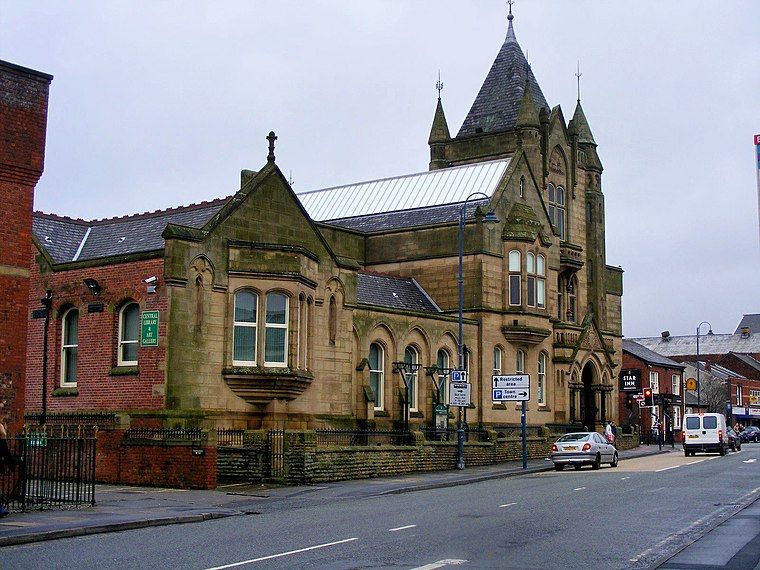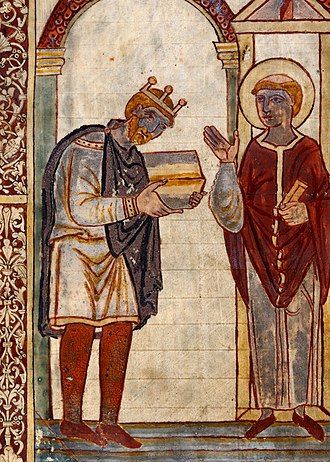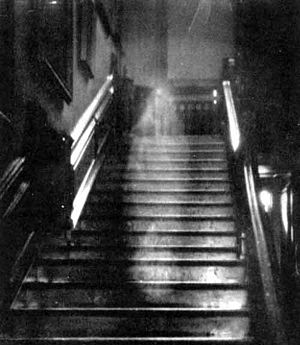Buried At The Roadside

We live in a cruel world even now in the 21st century but at least we no longer leave those who have committed suicide, to be buried at the roadside. A law passed by King Athelstan in the 10th Century preventing burials of suicides on consecrated ground remained in force for around nine hundred years. But even then, the new act in 1823 stated that burials of suicides could only take place at night and without any Christian service. This barbaric law stood for almost sixty years until 1882 when such burials could take place in the daylight hours.
 Buried At The Roadside, The Horrifying Truth
Buried At The Roadside, The Horrifying Truth
It is well known that murderers could not be interned in consecrated ground, but for those whose lives were in turmoil. The ignominy associated with suicide had far-reaching effects on family and friends. The real horrifying truth in the 19th century was the fact that not only were people buried at the roadside, but they were also staked through the heart. In the Georgian era in Ashton-under-Lyne, the unfortunate people who committed suicide were staked through the heart and buried at the crossroads of Oldham Road and Old Street.
The local population believed that burying people in this way would prevent their restless spirits from returning to their bodies. The stake through the heart would prevent them from returning to harm those who buried them. Additionally, the crossroad burial would also mean that if the spirit did rise, the essence became confused and would be unable to find its way home. Complicated superstition like this is traceable right back to early Christianity in England. When those trying to convert the local population incorporated pagan rituals into their teachings. Thus, reaffirming superstitions associated with All Hallows Eve and other pagan festivals, making people fearful of vengeful spirits.
Her Name & Life Forgotten
 There is a vague story associated with a burial at the roadside in Ashton-under-Lyne concerning the young servant girl of a local doctor. In Doctor Ogden’s household was a girl left pregnant and spurned by her lover, in her despair she used poison to take her own life. Following the confirmation that she had committed suicide; this unfortunate young lady’s body was taken in the dead of night to the crossroads of Oldham Road and Old Street. There a grave was dug, and a stake was driven through her heart, her body was then buried at the roadside in an unmarked grave, her name and life forgotten. At that significant road junction in the town of Ashton-under-Lyne, there could be many unfortunate unmarked graves.
There is a vague story associated with a burial at the roadside in Ashton-under-Lyne concerning the young servant girl of a local doctor. In Doctor Ogden’s household was a girl left pregnant and spurned by her lover, in her despair she used poison to take her own life. Following the confirmation that she had committed suicide; this unfortunate young lady’s body was taken in the dead of night to the crossroads of Oldham Road and Old Street. There a grave was dug, and a stake was driven through her heart, her body was then buried at the roadside in an unmarked grave, her name and life forgotten. At that significant road junction in the town of Ashton-under-Lyne, there could be many unfortunate unmarked graves.
Within sight of this crossroads was Ashton’s Gallows Field and those who found their way to this place are buried here. Each of these people suffered the same fate and had a stake through the heart before they were interned. So, the poor unfortunate girl shares her grave with the worst of that period’s society, in life a servant and in death, trapped with murderers and highwaymen. Being buried at the roadside could be seen as a fate worse than death.
A Memorial To Unknown Souls
In an enlightened society, we now know that those who commit suicide are victims, not criminals and should not be buried by the roadside. In recent years we have remembered those we lost in World War One even though they were shot by their side. Like those victims of our ignorance of mental health, these unknown souls should be remembered, here in Ashton-under-Lyne and across the United Kingdom. For those who believe in a god and an afterlife, a memorial to the lost will to some see the release of these troubled spirits buried at the roadside and allow them to rest in peace. For those who have no such belief, it can be seen as a last act of kindness in a world that is not always kind to its inhabitants. If you have any comments or additions you would like to see in this blog, please get in touch with us.
Register For An Account
Save & manage your details, access invoices, and enjoy a quicker shopping experience!